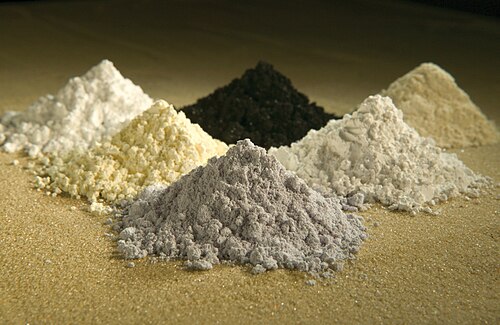For decades, the United States has relied heavily on China for rare-earth magnets—especially neodymium magnets, which power everything from electric vehicles and smartphones to wind turbines and guided missiles. But that may be about to change.
A new wave of U.S. investment and innovation is aiming to rebuild domestic magnet manufacturing and reduce dependence on Chinese supply chains. Leading the charge is USA Rare Earth (USARE), a company transforming a former Rolling Stone printing plant in Stillwater, Oklahoma into a state-of-the-art magnet factory.
Rebuilding What Was Lost
Once home to a thriving rare-earth industry, the U.S. saw its capabilities fade in the 1990s as China undercut prices and scaled up production with aggressive state support. Today, China controls about 70% of global rare-earth mining and over 90% of magnet production. That level of dominance presents both economic and national security risks—especially as geopolitical tensions rise.
Now, USARE is aiming to bring production back onshore. Their Stillwater facility is being outfitted with modified equipment from Japan’s Hitachi and is set to start producing neodymium magnets by early 2026. The initial goal is 600 metric tons per year, scaling up to 5,000 tons annually—enough to generate an estimated $800 million in revenue.
“Our aim is to rebuild an entire magnet supply chain in the U.S.,” said CEO Tom Schneberger. “It’s not just about catching up—it’s about securing our future.”
A Domestic Supply Chain… Eventually
At first, the Stillwater plant will rely on imports from South Korea for the refined metals it needs. But the long-term plan is far more ambitious. USARE owns the Round Top rare earth deposit in Texas, and hopes to eventually mine, process, and manufacture magnets all within the United States.
Still, major hurdles remain. Producing magnets requires specialized knowledge and an experienced workforce, both of which are in short supply. Employees must work in controlled environments using hydrogen or nitrogen atmospheres, and even a small error in the grinding process can ruin an entire batch.
“There are only a handful of people in the U.S. with this kind of experience,” Schneberger said. “We’re recruiting from around the world—and building new talent pipelines from scratch.”
Not the Only Player
USARE isn’t alone. MP Materials, which operates the only rare-earth mine in the U.S. at Mountain Pass, California, is also ramping up production. The company recently opened a facility in Fort Worth, Texas, where it will manufacture magnets and motor components for General Motors.
The Department of Defense and Department of Energy are supporting these efforts with funding and policy incentives. MP Materials has already received more than $45 million in federal grants. Officials say new tax breaks, faster permitting, and direct subsidies are on the table as the U.S. tries to fast-track development of a domestic supply chain.
Why It Matters
This isn’t just a supply chain issue—it’s a national security concern. Neodymium magnets are essential to advanced military systems, including missiles, fighter jets, and satellite communications. They’re also critical to green energy infrastructure and nearly every piece of modern technology.
But perhaps the most immediate concern is economic. As China tightens export controls on rare-earth technologies, American automakers and electronics companies face rising costs and potential shortages. Earlier this year, shortages of Chinese-made magnets temporarily halted production at factories in Europe and Japan.
The Road Ahead
Even with federal backing, experts say rebuilding the U.S. rare-earth magnet industry won’t happen overnight. It could take years—or more likely, a decade—before U.S. companies are capable of fully supplying domestic needs.
And while projects like USARE’s Stillwater plant are a significant step forward, the U.S. still lacks capacity for processing “heavy” rare earths like dysprosium and terbium—elements that make magnets heat-resistant and are still processed almost exclusively in China.
Bottom Line: The U.S. is finally taking serious steps to reclaim its place in the rare-earth supply chain. The journey will be long, complex, and expensive—but the stakes couldn’t be higher.

